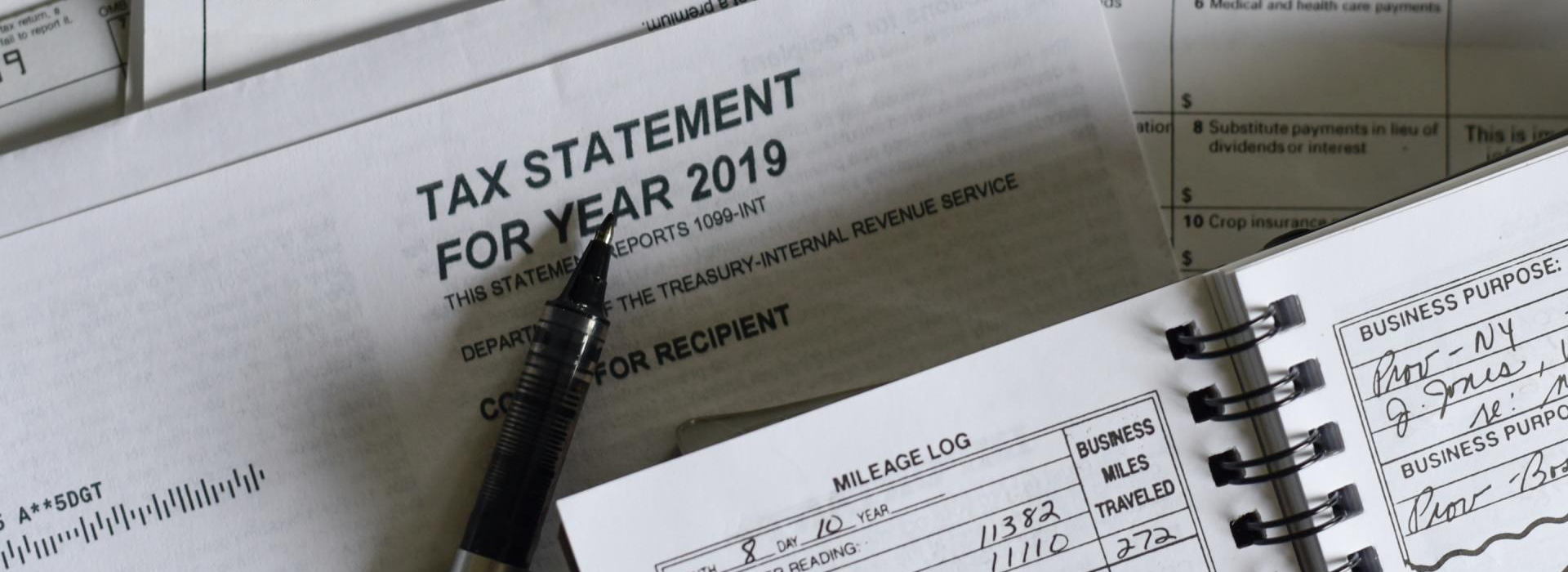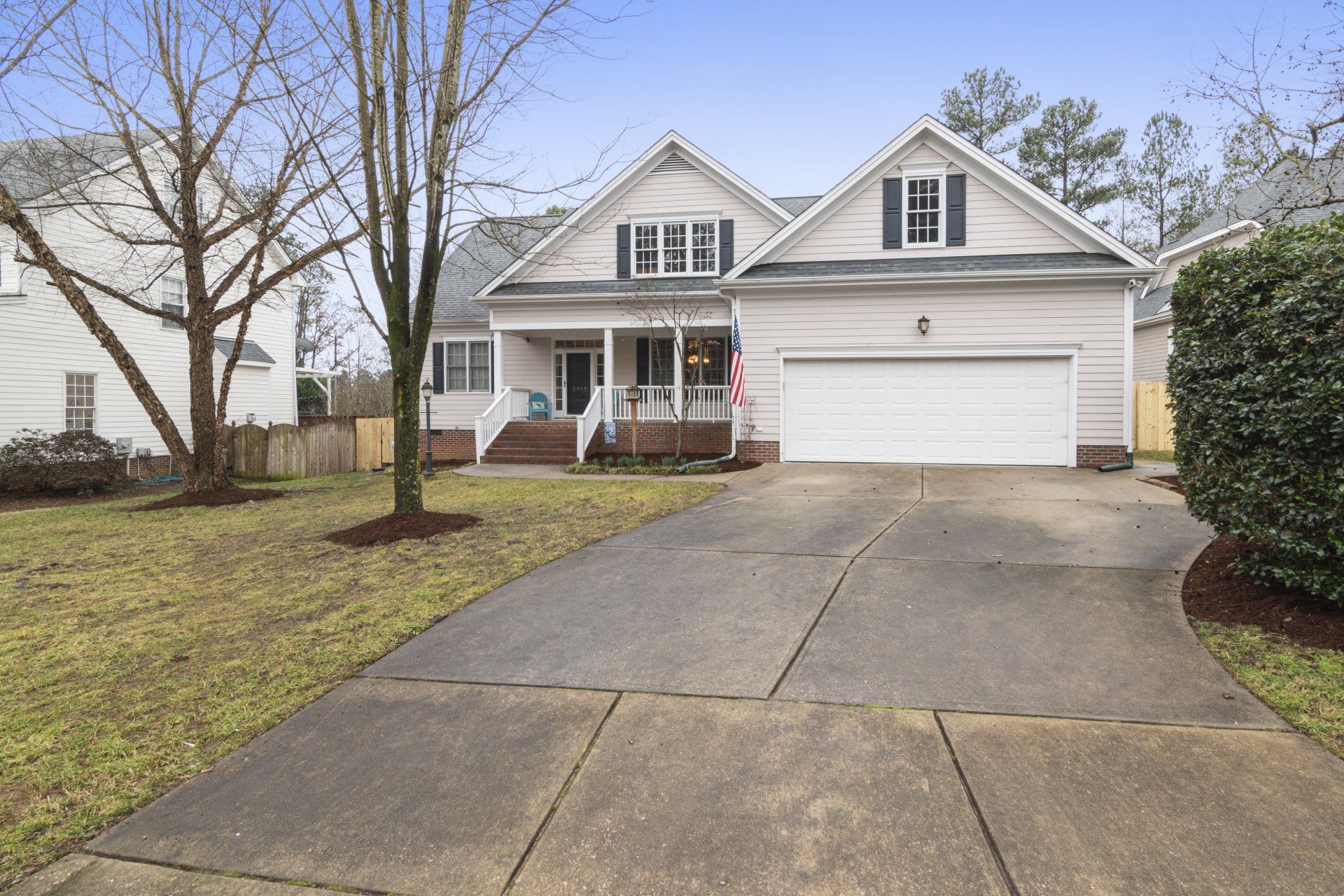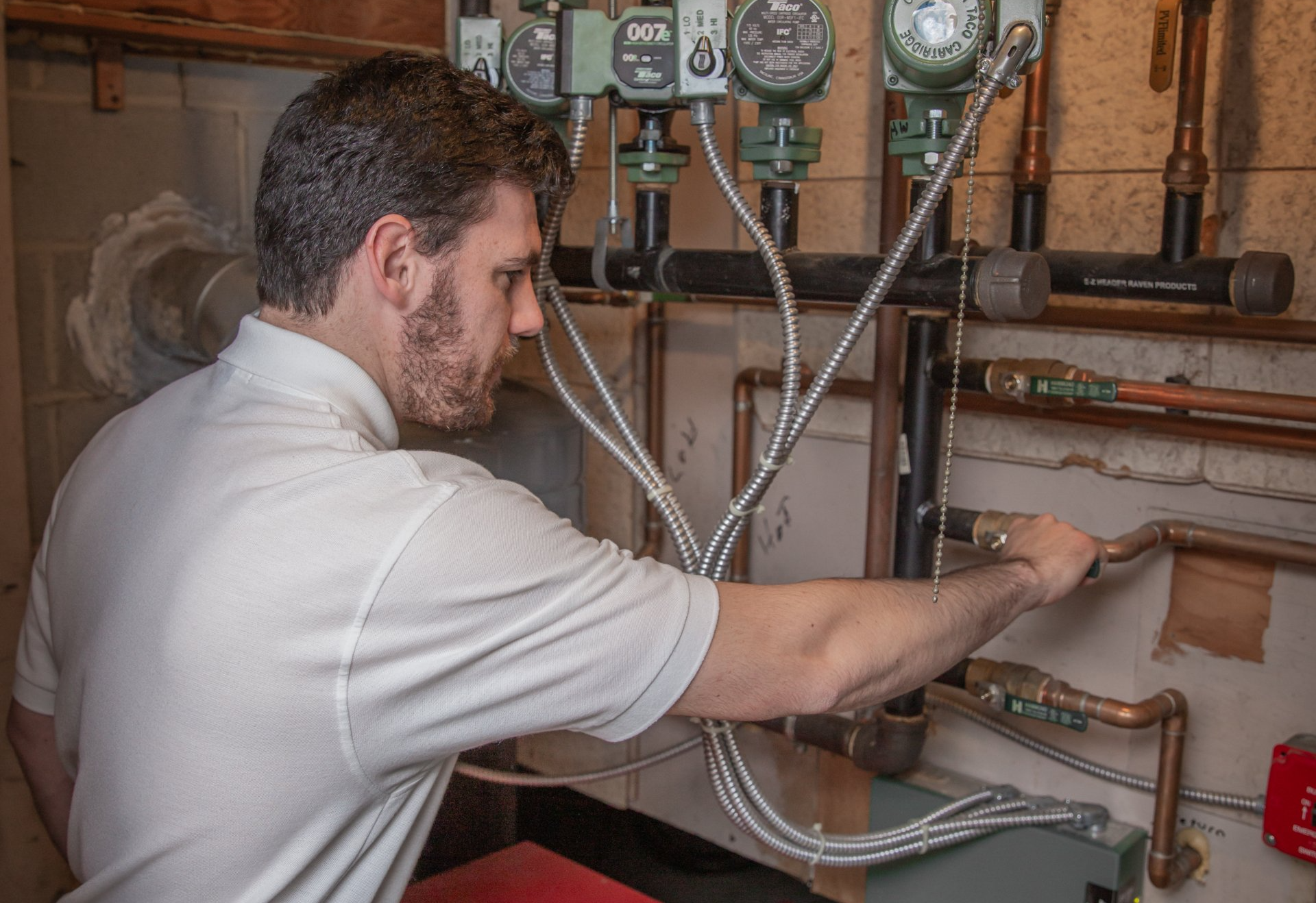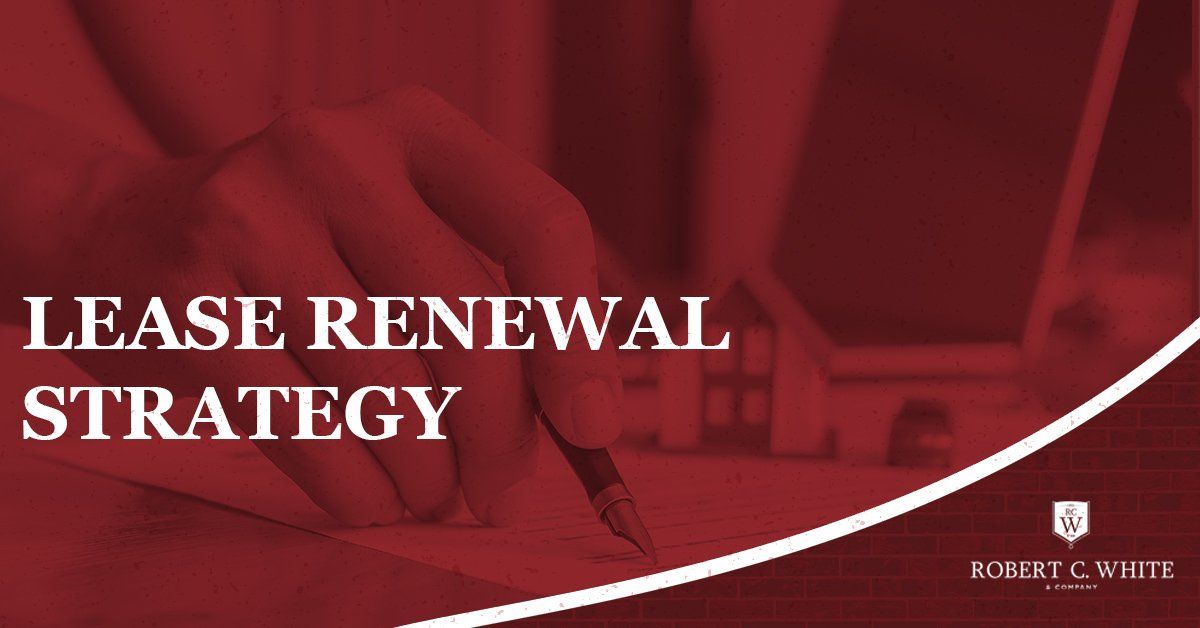Contact Robert C. White & Company
Maintenance vs. Capital Improvements: And Why It Matters to the IRS
The Difference: Maintenance vs. Capital Improvements

As a team of experienced property managers and leasing agents, we get this question over and over again: What is the difference between regular maintenance (repairs) and capital improvements at my rental property? Thing is, this is a very important question to ask if you don't know the answer already, because it can have big implications come tax season. Read along to understand the differences between maintenance and capital improvements and learn why it’s important for filing with the IRS!
Maintenance (Repairs)
A simple definition of maintenance or repair work would be any work done to remedy existing damage or prevent ongoing deterioration. The idea with maintenance is you’re simply returning the property to its original working condition. This means that when a water pipe breaks at your rental property, having a plumber come out to fix it will count as maintenance or repair work rather than a capital improvement. If you service your furnace yearly, that would also count as maintenance because you’re doing preventative work, not improving the furnace.
By the way, we've already written about exactly
how property managers pick the best maintenance contractors to help you there. Now, let’s continue the discussion to define what a capital improvement is and why the distinction is important.
Capital Improvements
Where capital improvements differ from general maintenance/repair work is that they specifically better the condition of the property or make an “improvement.” Also know as capital expenditures, the IRS defines them as aspects of a property that enhance its value, extend its useful life, or adapt its function.
Maintenance/Repairs = Restorative Expenses Capital Improvements = Enhancement Expenses
Capital improvements must also be permanent or affixed to the building (so that removing them would decrease the value). Note that when an owner makes one of these improvements or capital expenditures, they are also increasing the revenue potential at their property. The IRS considers the following to be capital improvements:
- Creating an addition/extension/expansion to a property
- Remodeling space to increase the capacity/efficiency of the property
- Replacing major structural components (new roof, new siding, HVAC)
- Adapting the property for a new use
- Rebuilding a property at the end of its natural lifespan
- Remedying a current design flaw
Again, capital improvements increase the value of the property and extend its useful life while repairs simply return things to their previous state. We’ll also mention that there are instances when originally diagnosed maintenance becomes a capital improvement because the damage is excessive beyond repair. Now let’s discuss why these differences matter when it's time to file with the IRS!
Tax Implications
The difference between maintenance and capital improvements matters because of how you deduct the costs each year. When it comes to maintenance and repairs, the IRS sees these as “expenses”, and will allow landlords to deduct all (100%) of those costs in the same calendar year. Pretty easy.
On the flip side, because a capital improvement is seen to add value to a property for years to come, the IRS will not allow you to deduct the entire cost of the improvement in one tax year. Capital improvements will depreciate (lose their value) slowly, so the government requires you to track and deduct that cost over a period of time. As property managers, we can’t advise you on all the ins and outs of depreciation and write-offs, but we absolutely recommend that you keep detailed records of maintenance, repairs, and capital expenses so that if an audit does come, you’re prepared!
A Final Word
The line between maintenance and capital improvements can be hazy, which is why keeping track of all your expenses, understanding the differences, and having tax professionals on your side is always the best approach. A property manager can also help with all of this!
Our Services
Main Office: (860) 613-6290
Our Services: (860) 200-3331
info@robertcwhite.com
57 Dodge Ave Suite 107, North Haven, CT 06473
CT Licensed Broker #0790511

Business Hours
- Mon - Fri
- -
- Sat - Sun
- Closed
Business Hours
- Mon - Fri
- -
- Sat - Sun
- Closed












